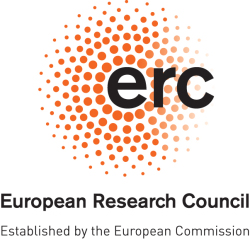The Project
Visual Representations of the Third Plague Pandemic was an interdisciplinary research project led by social anthropologist, Dr Christos Lynteris. The project was funded by a European Research Council Starting Grant (under the European Union’s Seventh Framework Programme/ERC grant agreement no 336564). The HI of the project between October 2013 and September 2017 was CRASSH (University of Cambridge). From October 2017 the project’s HI was the Department of Social Anthropology at the University of St Andrews, with CRASSH remaining a co-beneficiary until the project was completed in September 2018.
The project collected and analysed photographs as well as other visual documents of the third plague pandemic, which broke out in 1855 in Southwest China (Yunnan) and raged across the globe until 1959, causing the death of approximately 12 million people.
As Yersinia pestis spread from country to country and from continent to continent, it left behind it not only a trail of death and terror, but also a growing visual archive on the first global pandemic to be captured by the photographic lens. Rather however than forming a homogeneous or linear visual narrative, these photographic documents provided diverging perspectives on the pandemic, which, more often than not, were not simply different from region to region, but in fact conflicting within any single locus of infection.
The project’s hypothesis was that plague’s visual representation during the third pandemic played a pivotal role in the formation of both scientific understandings and public perception of infectious disease epidemics in the modern era.
While investigating the visual record of the third plague pandemic in East Asia, South Asia, Africa and the Americas, researchers engaged in a collaborative and interdisciplinary analysis of the entangled history of the visual representation of the pandemic, taking as a common analytical ground four different but vitally interlinked aspects of the visual representation of the pandemic:
- The Built Environment
- Civil Disturbance and Public Order
- Death, Corpses and Burial
- Race, Class and Discrimination
The project’s outputs include several monographs and edited volumes, numerous other peer-reviewed publications, an online database, two exhibitions and five conferences (see events, publications and database tabs for more information).
